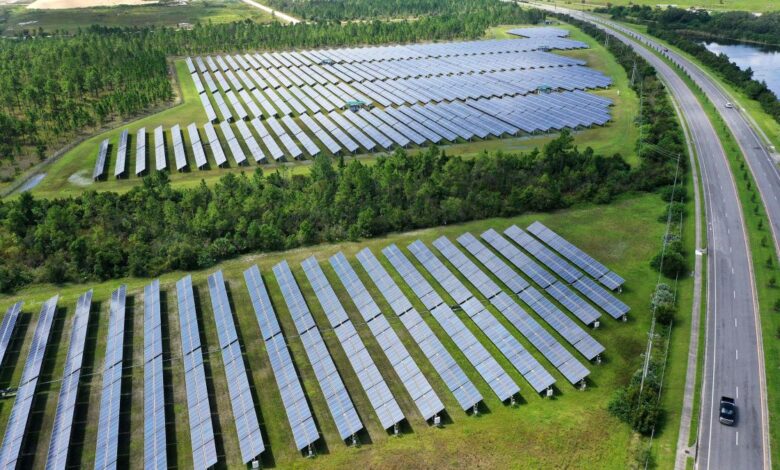Renewable energy: the potential for alternative energy sources to replace fossil fuels

Renewable energy refers to energy sources that can be replenished and are not finite, unlike fossil fuels such as coal, oil, and natural gas. These alternative energy sources include solar power, wind power, hydropower, geothermal energy, and biomass.
The potential for renewable energy to replace fossil fuels is significant. As the world becomes more conscious of the environmental impact of burning fossil fuels, governments, businesses, and individuals are increasingly turning to renewable energy as a cleaner, more sustainable solution.
Solar power is one of the fastest-growing sources of renewable energy, and advances in technology have made it increasingly affordable and efficient. Wind power is also rapidly expanding, particularly in areas with strong and consistent winds. Hydropower, which harnesses the energy of falling or flowing water, has been used for centuries and is still a significant source of renewable energy today.
Geothermal energy involves tapping into the heat from the earth’s core and can be used for both heating and electricity generation. Biomass energy, which is derived from organic matter, such as wood, crops, and waste, is also a promising source of renewable energy.
Although renewable energy sources are still a small percentage of the world’s total energy mix, the potential for them to replace fossil fuels is immense. With continued investment in technology and infrastructure and increased awareness of the benefits of renewable energy, it is likely that we will see a significant shift towards alternative energy sources in the coming decades.
In addition to being cleaner and more sustainable, renewable energy has several other benefits. For example, it can help to reduce dependence on imported fossil fuels, and it can provide energy security by diversifying energy sources. Renewable energy can also create jobs and stimulate economic growth, particularly in rural areas where wind and solar farms can be built.
However, there are still several challenges to the widespread adoption of renewable energy. One of the main challenges is intermittency, which means that wind and solar energy can be affected by weather conditions and may not always be available when needed. Energy storage technologies, such as batteries, are being developed to address this issue, but they are still expensive and not widely available.
Another challenge is the need for significant infrastructure investments to support renewable energy generation and transmission. This can include building new transmission lines and upgrading the grid to handle intermittent sources of energy.
Despite these challenges, the potential for renewable energy to replace fossil fuels is significant. Governments and businesses around the world are increasingly setting ambitious targets for renewable energy adoption, and the costs of renewable energy technologies are continuing to fall. With continued investment and innovation, renewable energy has the potential to revolutionize the way we generate and use energy and to create a cleaner, more sustainable future for all.



